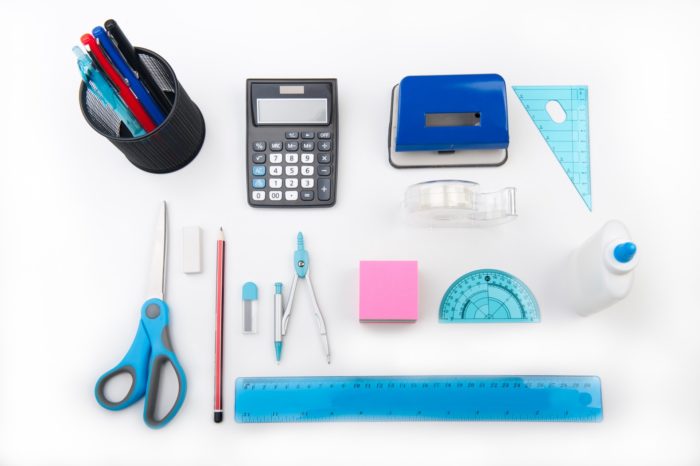Swedish classes (2) of approx 20 in each class
- First year 6th graders 12-13
- Year 7 13-14 focused more on animation and the movement and ‘mood’
Some children have tried Scratch before and also worked with it at home.
Eric helped once a week for the first 3 weeks and supported with example games:
How to insert pictures and
- How did you think when you chose to work with Scratch (programming) with your students? What did you expect?
I thought it was a fun way to work with the picture and Swedish together. I expected that it would take some time for the students to take care of it, but that they would think it was fun. I expected it to deepen their memory of their fairytales they wrote.
- Tell me how you did when you entered the program in your classroom. Planning, choosing students, what do you want to achieve, what did you achieve? How did the students react? What did you need?
I started with the students writing their story after given frames – for example, there was some good and some evil that could be seen in the picture (main characters). When the story was written, they were commissioned to paint a background and the figures / objects they wanted to participate in their programming. Programming would be done as a game based on some part of the story to enhance the feeling / visualize how to think
The planning was that they were to work individually but to help each other because some of the students had previously worked with the program and I wanted to encourage students to become their own teachers. We also had Erik help us a couple of times a week during the weeks we programmed in class. He showed examples and went through how to program different parts of a game and we did a small example game.
I achieved what I wanted with the work area. The students became involved when they were to help each other with programming. One thing that was fun to see was that students that I did not usually see that much from, shined up and did something extra because this was an area which they had good knowledge of.
- What important lessons have you learned along the way?
It takes a long time to get started.
It would have been good to have more time to introduce Scratch.
Scratch is quite easy at first but students would often make their games a bit “too cool” which meant that programming became too difficult for them to master at the time they had at their disposal.
It might be good for students to colaborate in pairs to avoid some who may be passive and did not work.
Digitizing their own images and editing them worked well, but instead of doing it in scratch, they perhaps could have used a better user friendly image program first, and then insert the figures into scratch.
4 What tips would you like to give other teachers who want to start working with programming and scratch?
– Plan for it to take longer than you think.
– Do not be afraid to use students as teachers, but familiarize yourself with scratch so that you can accompany the work. Do some own examples of games before starting with the class.
– Let the students work in pairs.
– Remember, in addition to own pictures, you can bring your own music / audio as well.
– It’s good if they use headphones – greater focus.
– When you have worked with a group of students, they can be included as extra support next year if you do it again, as “junior advisers” peer support or something like that.
Training in Scratch :
Example of training for Dig Curriculum : 4 half days once a week with time to practice in between and then have a session every 3 month (once a term) .
learn basic building blocks for programming and create examples of basic movements and sounds to start the story behind the game.
Templates for games with different challenges.


